We've already looked at how the comics influenced Tim Burton's 1989 Batman film. Now we’re looking at influences derived from other sources – from films, music, architecture, literature, history, politics, real life people and events.
Danny Elfman’s score was influenced by numerous composers. The opening title theme begins with a reference to Bernard Herrmann’s score for Henry Levin’s Journey to the Centre of the Earth (1959).
The title theme also references the score for George Waggner’s The Wolf Man (1941), composed by Charles Previn, Hans J. Salter and Frank Skinner. Elfman would go on to score Joe Johnston’s The Wolfman (2010), which was a remake of the 1941 film.
Tim Burton and Anton Furst both cited Terry Gilliam’s Brazil (1985) as an influence on the look of the movie. Roger Pratt served as director of photography on both pictures.



The look of Gotham City incorporates elements from several different artistic movements, including Art Deco, Art Nouveau and Gothic. The architectural works of Otto Wagner, Norman Foster, Louis H. Sullivan and Albert Speer all proved influential, as did the futuristic city featured in Fritz Lang’s Metropolis (1927).



As the two muggers count their loot, one of them finds an American Express card and says “Don’t leave home without it.” This is a nod to the ‘Don’t Leave Home Without Them’ ad campaign for American Express Traveller’s Cheques that began in 1975.
Batman’s use of his cape to simulate wings visually references Bela Lugosi’s performance in Tod Browning’s Dracula (1931).

Mayor Borg was modelled on New York City mayor Ed Koch. Koch served in office from 1978 to 1990, winning his first election on a law and order platform similar to Mayor Borg’s. Actor Lee Wallace bears a strong physical resemblance to Mayor Koch.
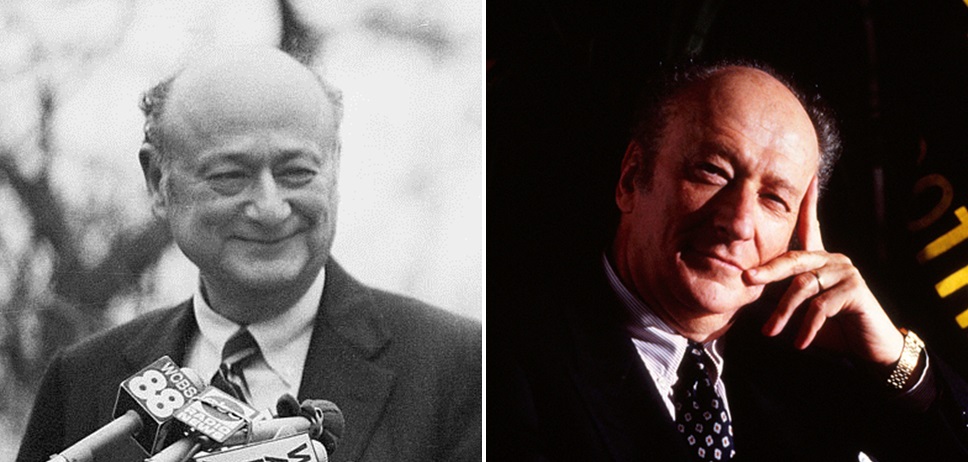
Harvey Dent’s press conference recalls Charles Foster Kane’s campaign speech in Orson Welles’ Citizen Kane (1941). Both characters launch scathing attacks against corrupt opponents – Kane attacks Boss Jim W. Gettys, while Dent and Mayor Borg attack Boss Carl Grissom – and both vow to protect the “decent” people of their constituency.

When we first see Jack Napier he is playing with a deck of cards. This may be a nod to one of Jack Nicholson’s earlier films, Miloš Forman’s One Flew Over the Cuckoo’s Nest (1975), in which Nicholson’s character is often seen toying with a deck of cards.

Alicia is portrayed by real life model Jerry Hall. The photographs of Alicia seen throughout the film are taken from Hall’s portfolio.
Alicia has a copy of Vogue in her apartment. Although the issue featured in the movie – with Alicia’s face on the cover – is clearly fictional, the publication itself has been one of the world’s bestselling fashion and lifestyle magazines since 1892.
William Hootkins’ performance as Lieutenant Eckhardt was influenced by Orson Welles’ portrayal of Police Captain Hank Quinlan in his 1958 film noir Touch of Evil. In addition to the obvious physical similarities, both characters are highly corrupt and villainous police officers whose deep gravelly voices are almost identical.

Napier’s appearance references that of Harry Lime in Carol Reed’s The Third Man (1949). The scene where Napier attempts to escape from Axis Chemicals is similar to the climax of Reed’s film, where Lime is pursued by the police through the sewers of Vienna.
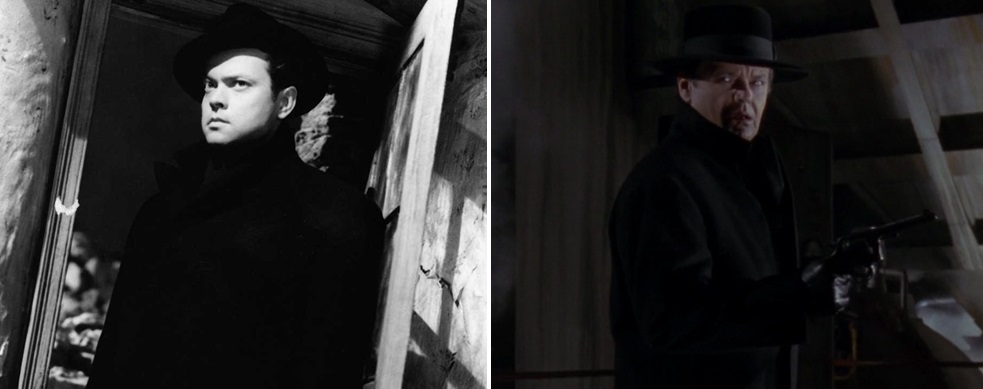
The signature on the sketch the newspaper cartoonist shows Knox is that of Batman co-creator Bob Kane.
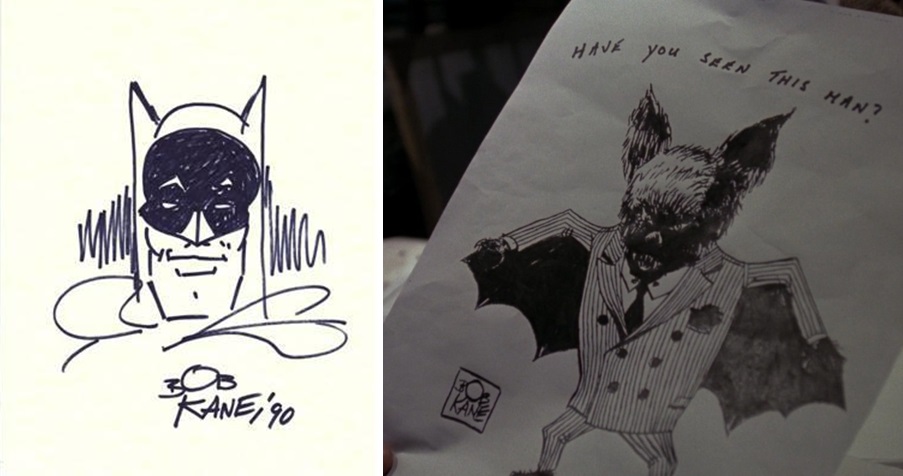
When Knox first meets Vicki he pretends to be familiar with her work, claiming to have seen her pictures in Vogue and Cosmo. Cosmo is a nickname for Cosmopolitan, a real magazine that’s been in print since 1886.
Vicki has made a name for herself documenting a revolutionary conflict in a fictional South America island nation called Corto Maltese. Corto Maltese was first mentioned in Frank Miller and Klaus Janson’s Batman: The Dark Knight Returns (1986), though the name ‘Corto Maltese’ originally comes from an Italian comic created by Hugo Pratt in 1967. The revolution in Corto Maltese was likely inspired by the Cuban Revolution (1953-1959) led by Fidel Castro’s 26th of July Movement against the Cuban government back in the fifties.
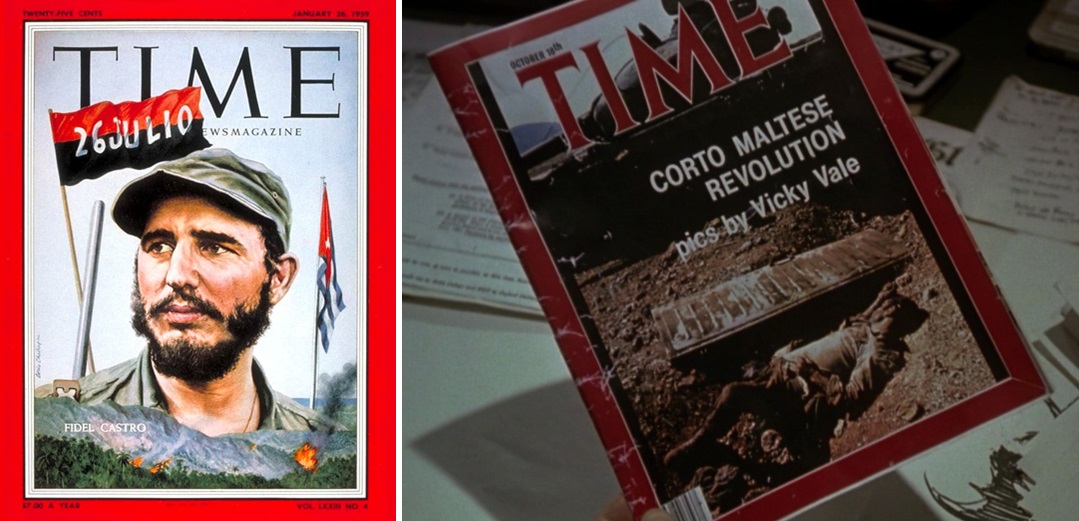
Vicki’s photos were published in Time, a news magazine founded in New York in 1923.
The location used for Axis Chemicals was Acton Lane Power Station in London. This facility was decommissioned in 1983 before being used for location photography in James Cameron’s Aliens (1986). Some of the set features added by the Aliens production team were still present when the Batman crew arrived.

Batman’s grapple gun may have been inspired by the hoist cable Luke Skywalker uses during the Battle of Hoth in Irvin Kershner’s The Empire Strikes Back (1980). Like Batman’s grapple gun, Skywalker’s hoist cable features a retractable line and can be attached to the user’s belt like a harness.
Napier’s plunge into the vat of chemicals recalls Jarrod’s fate at the end of Andre DeToth’s House of Wax (1953); a film which Burton has cited as one of his personal favourites. At the end of the movie, the villainous Jarrod is cornered by the police on a platform above a vat of molten wax. Following a brief struggle, he topples through the railing and plunges into the vat below.



The instruments used by Jack Napier’s surgeon are the same implements used by the sadistic dentist in Frank Oz’s Little Shop of Horrors (1986). Oz’s film was adapted from an off-Broadway musical, which in turn was adapted from a 1960 film directed by Roger Corman. And in Corman’s original film, the dentist’s patient was played by a young Jack Nicholson.
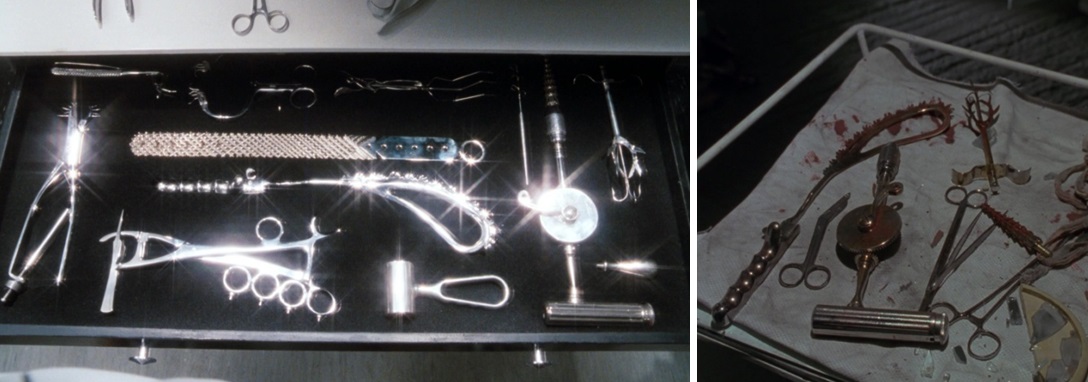
Burton has cited Paul Leni’s The Man Who Laughs (1928) as having influenced his cinematic approach to the Joker.


The characterisation of the Joker as a sadistic cane-twirling gang leader with a twisted appreciation of art echoes that of Alex DeLarge in Stanley Kubrick’s A Clockwork Orange (1971). Both characters are narcissistic criminals who dress in gaudy clothing, dance gleefully over their victims and are violently abusive towards women they find attractive. Both characters associate their criminal acts with art and are prone to violence against their own henchmen.

The Joker responds to a newspaper headline about Batman by saying “Wait’ll they get a load of me.” Jack Nicholson had previously spoken this same line in the 1978 film Goin’ South, which he also directed.
While electrocuting Rotelli the Joker sings a line from ‘A Hot Time in the Old Town’, an 1896 ragtime song written by Theodore August Metz and Joe Hayden:
"Please oh please, oh do not let me fall,
You're all mine and I love you best of all,
And you must be my man, or I'll have no man at all,
There'll be a hot time in the old town tonight, My baby."
The sequence where Vicki follows Bruce through the streets of Gotham is similar to the scenes of Scottie trailing Madeleine around San Francisco in Alfred Hitchcock’s Vertigo (1958). In both films we see a character covertly follow someone for whom they harbour romantic feelings. The observer ponders the significance of the locations visited by their beloved, which include an alleyway and a place where flowers are laid in memory of a deceased relative. Elfman’s score for the sequence likewise reflects the mood of Herrmann’s music in Hitchcock’s film.
After killing Ricorso with the quill pen, the Joker says “The pen is truly mightier than the sword.” This is a reference to Act II scene II of Edward Bulwer-Lytton’s 1839 play Richelieu; Or the Conspiracy:
"True, This! —
Beneath the rule of men entirely great
The pen is mightier than the sword. Behold
The arch-enchanters wand! — itself is nothing! —
But taking sorcery from the master-hand
To paralyse the Cæsars, and to strike
The loud earth breathless! — Take away the sword —
States can be saved without it!"
A reference to the Central Intelligence Agency can be seen in the form of a C.I.A. file in the Joker’s hideout.
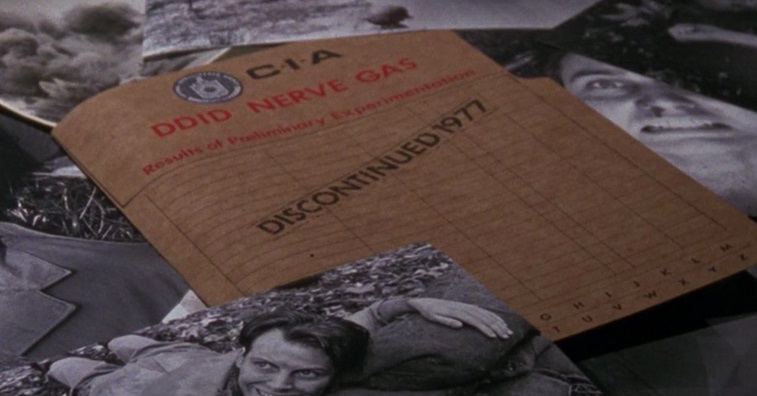
Gotham’s Flugelheim Museum is named after New York City’s Guggenheim Museum. The building’s distinctive exterior was inspired by the works of Japanese architect Shin Takamatsu. The design of the circular protrusion above the main entrance was taken from Takamatsu’s Ark Nishina building in Kyoto.

Inside the gallery hang numerous real works of art. These include ‘A Woman Holding a Balance’ (1662-1663) by Johannes Vermeer, ‘Self-Portrait at the Age of 63’ (1669) by Rembrandt, ‘Two Dancers on a Stage’ (1874) by Edgar Degas, and Gilbert Stuart’s unfinished 1796 portrait of George Washington.
The sequence where the Joker and his goons deface the paintings is redolent of a scene from the 1966-1968 Batman TV series (‘Pop Goes the Joker’, season 2 episode 57), where the Cesar Romero Joker and his henchman conduct a similar raid. In both instances, the Joker and his men invade an art gallery and 'improve' its exhibits by defacing them with green and red paint.

The painting the Joker prevents Bob from slashing is Francis Bacon’s ‘Figure With Meat’ (1954).
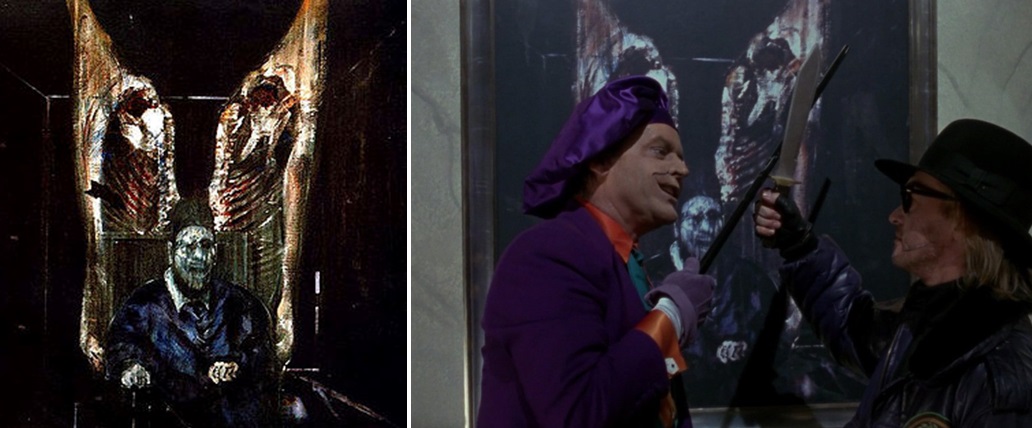
The music that plays while the Joker woos Vicki is Max Steiner’s ‘Theme from A Summer Place’, originally written for Delmer Daves’ film A Summer Place (1959).
The Joker’s disfigurement of Alicia with acid may have been inspired by Fritz Lang’s The Big Heat (1953), in which mobster Vince Stone disfigures his girlfriend Debby by hurling scalding coffee in her face.
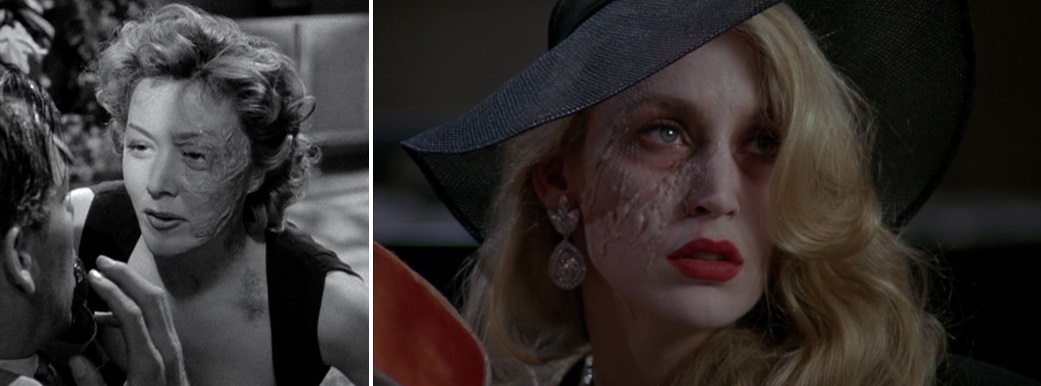
Screenwriter Sam Hamm has confirmed Alicia’s mask was inspired by the mask Christine wears to conceal her disfigurement in Georges Franju's Les yeux sans visage (1960).

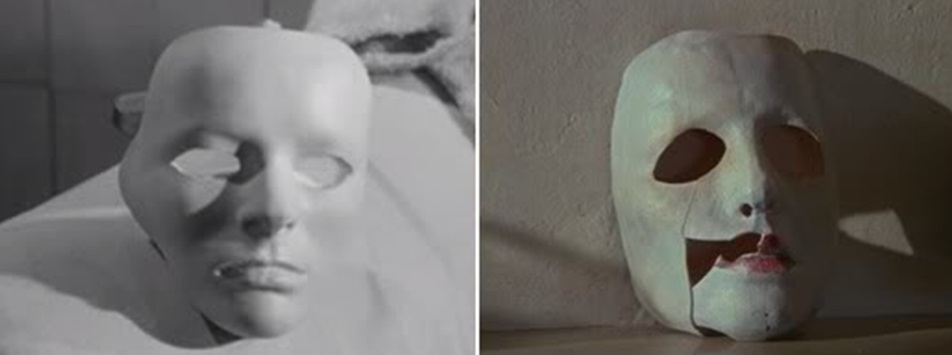
The Joker quotes the Wicked Witch of the West from The Wizard of Oz (1939): “I’m melting! I’m melting!”
The Batmobile resembles the British Thrust2, a jet propelled car designed by John Ackroyd which held the world land speed record from 1983-1997.
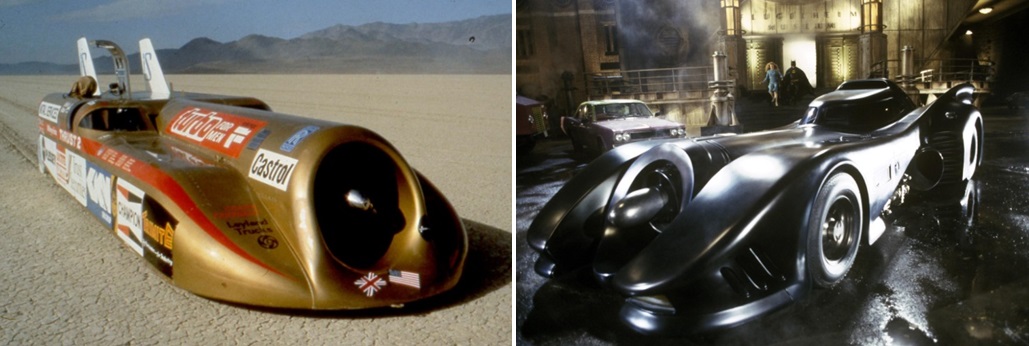
Batman taking Vicki back to the Batcave recalls Erik taking Christine to his underground lair in Lon Chaney’s The Phantom of the Opera (1925). Of particular note is the way Vicki stands behind Batman as he sits operating the Batcomputer, peering over his shoulder to try and get a closer look at him. This evokes the famous unmasking scene from Chaney’s film, where Christine peers over the Phantom’s shoulder as he sits playing the organ with his back to her.
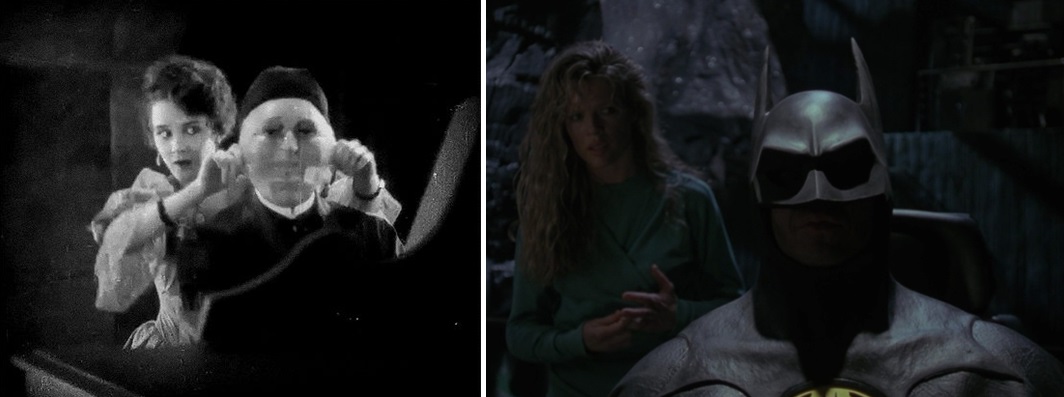
The music that plays when the Joker and his goons show up at Vicki’s apartment is an instrumental version of ‘Beautiful Dreamer’ (1864) by Stephen Foster.
The Joker’s line “Take thy beak from out my heart” is a quotation from the penultimate stanza of ‘The Raven’ (1845) by Edgar Allan Poe:
“Be that word our sign of parting, bird or fiend!” I shrieked, upstarting—
“Get thee back into the tempest and the Night’s Plutonian shore!
Leave no black plume as a token of that lie thy soul hath spoken!
Leave my loneliness unbroken!—quit the bust above my door!
Take thy beak from out my heart, and take thy form from off my door!”
Quoth the Raven “Nevermore.”
Bruce survives the Joker’s gunshot by concealing a metal tray beneath his clothing so it obstructs the bullet. The Man With No Name uses the same trick when confronting Ramón at the end of Sergio Leone’s A Fistful of Dollars (1964).
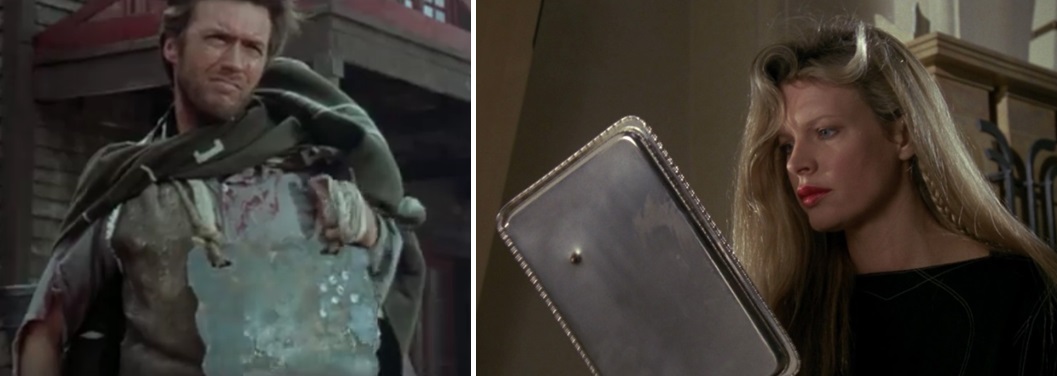
The flashback scene where Bruce and his parents leave the theatre is evocative of a similar moment from François Truffaut’s The 400 Blows (1959), where Antoine and his parents walk to their car following an evening at the cinema. In both films this represents a moment of happiness in the protagonist’s otherwise troubled childhood.


The film showing at the Monarch Theatre is titled Footlight Frenzy. A real film with this title was released in 1984 based on a stage play of the same name, though the Footlight Frenzy featured in Burton’s movie is entirely fictitious. The poster is designed in the style of the German Expressionist films produced during the Weimar period.
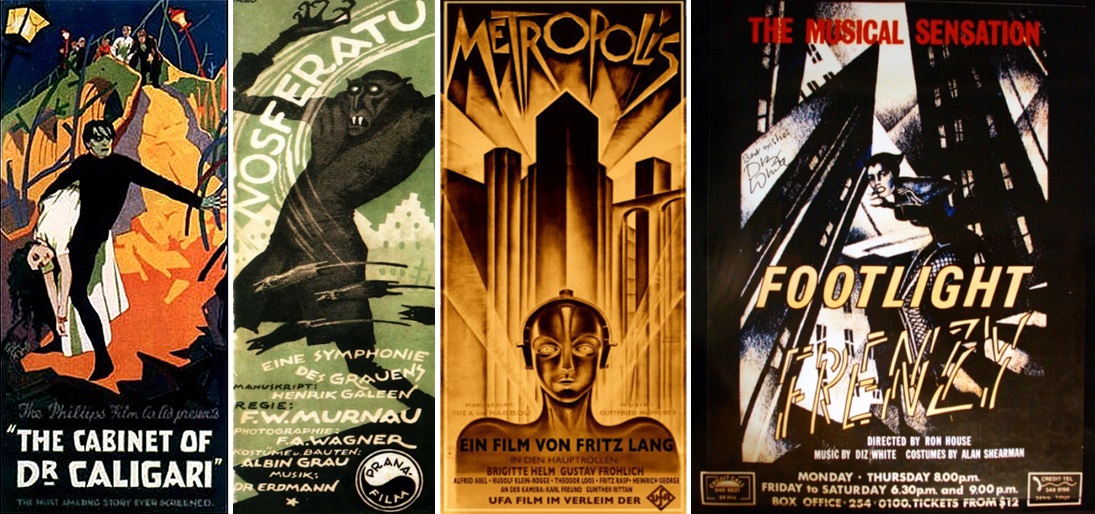
The names featured on the Footlight Frenzy poster – Ron House, Diz White, Alan Shearman – are all names of people who appeared in the 1984 film of the same name. Diz White also created the original stage play.
The Joker calls Batman “junior birdman” in reference to the Junior Birdmen of America youth organisation founded in 1934. The line “Into the air, junior birdman!” is taken from the lyrics of the group’s song ‘Up in the Air, Junior Birdmen’, which featured memorably in Jesse Hibbs’ 1955 film To Hell and Back.
The design of the Joker’s throne atop the parade float was inspired by the Silver Throne made by Abraham Drentwett for the coronation of Queen Christina of Sweden in 1650.
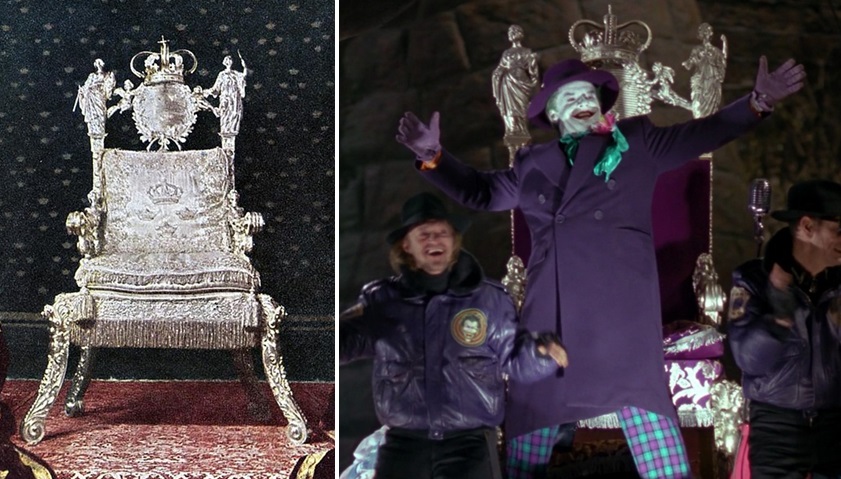
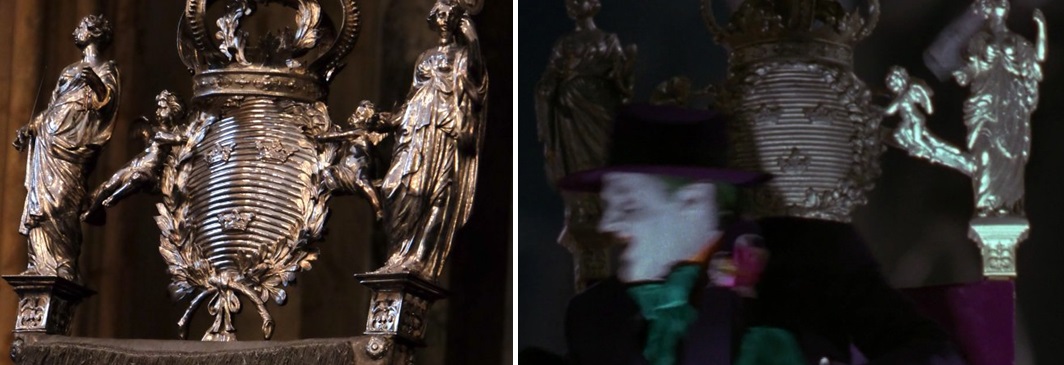
The way Batman manoeuvres the Batwing through the streets of Gotham is visually reminiscent of Luke Skywalker piloting his X-Wing fighter through the Death Star trench at the end of George Lucas’ Star Wars (1977).



Luke Skywalker and Batman both use onboard weapons systems to lock onto crucial ground targets. Luke ultimately deactivates his, while Batman’s fails to hit its mark.



The scene where the Joker positions himself in the path of the Batwing’s strafing run and challenges Batman to shoot him is a pastiche of a scene from Franklin J. Shaffner’s Patton (1970), where the eponymous character faces down the Luftwaffe in North Africa. In both films the character in question fearlessly makes a target of himself by stepping into a public street during an aerial attack.

Patton: “Come on, you bastards! Take a shot at me, right in the nose!”
Joker: “Come on, you gruesome son of a bitch. Come to me. Come on.”
In both films the attacking aircraft opens fire on the figure in the street but fails to hit him.
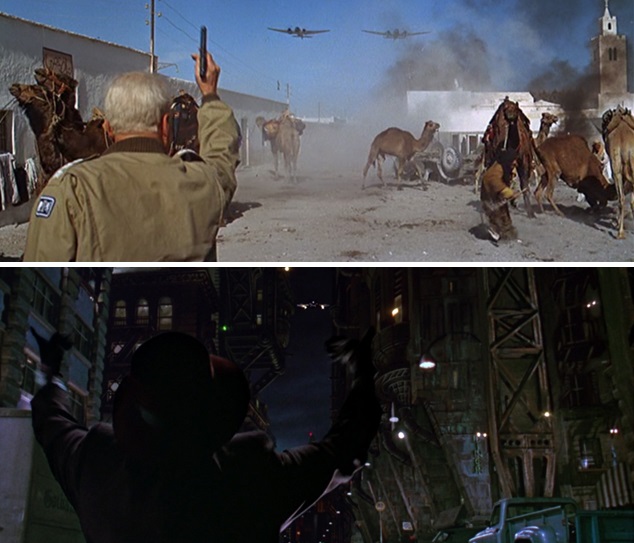
And in both films the character draws a pistol and returns fire at the attacking aircraft as it flies overhead.

Antoni Gaudi’s Sagrada Família in Barcelona was an architectural influence on the Gotham City cathedral. Both churches display a fusion of Gothic and Art Nouveau forms, with lofty conical spires that soar towards the heavens.
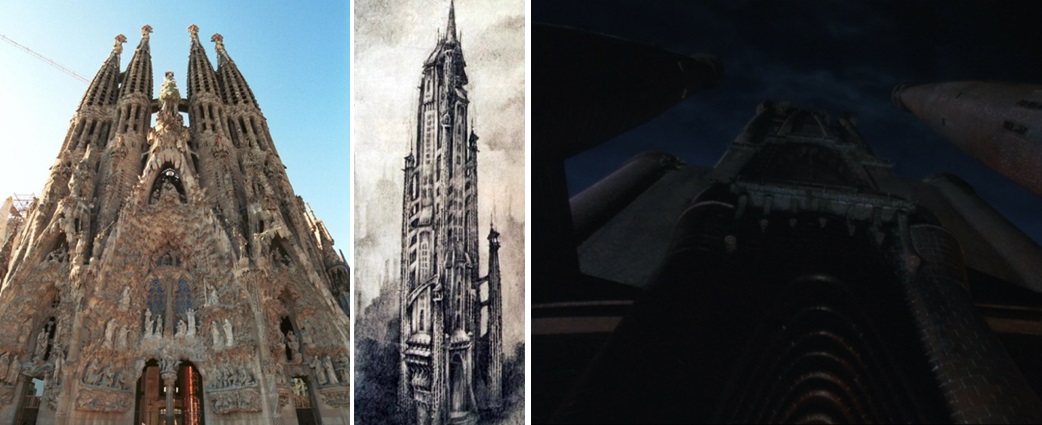
The scene where the Joker and Vicki climb the cathedral staircase recalls the ending of Metropolis (1927), where the villainous Rotwang pursues Maria up the cathedral steps.
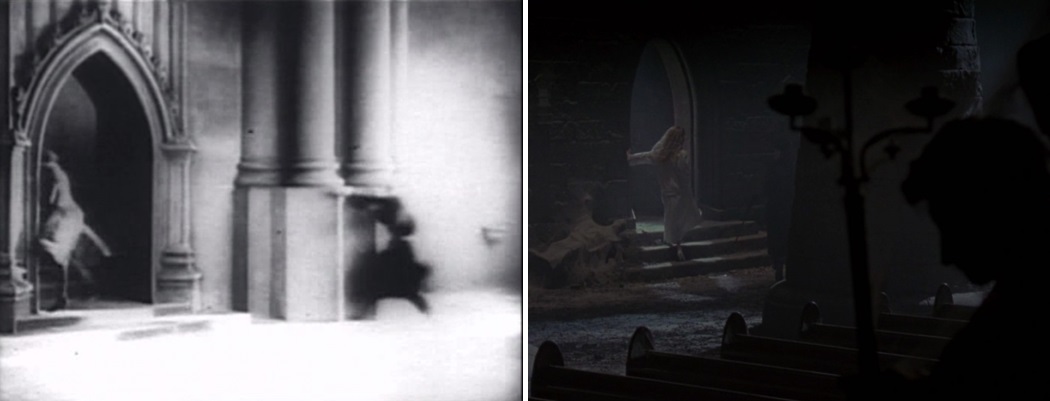

In both films the hero – Freder/Batman – races to the top of the cathedral in an attempt to rescue his beloved. The hero and the villain then fight on the roof of the cathedral while Maria/Vicki hangs on for dear life. The showdown in both films ends with the villain falling to his death.
The POV shot looking down the cathedral staircase is another nod to Hitchcock’s Vertigo (1958).

The moment where the acrobatic goon attacks Batman is a variation of the Cairo swordsman gag from Steven Spielberg’s Raiders of the Lost Ark (1981). In both scenes the hero is in pursuit of his kidnapped love interest when he encounters a henchman armed with blades. The henchman executes an ostentatious display of physical prowess, only for the unimpressed hero to casually take him out with a projectile weapon.
The Joker references Gabrielle-Suzanne Barbot de Villeneuve’s Beauty and the Beast (1740) as he dances with Vicki.
The fight in the cathedral references William Dieterle’s The Hunchback of Notre Dame (1939). Both finales occur in a bell tower as a crowd of people gathers on the cathedral steps outside. Quasimodo/Batman climbs up to the tower to rescue his beloved Esmeralda/Vicki from the villainous Frollo/Joker. Both confrontations include a moment where the hero rings one of the bells, and both end with the hero sending the villain to his death over the parapet. The set design is also similar in both films.
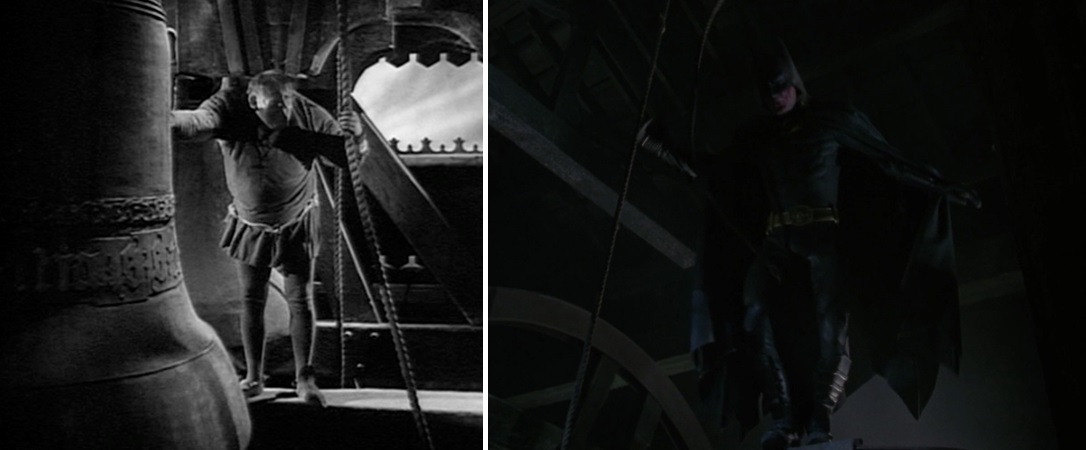
The showdown with the Joker also recalls the finale of Alfred Hitchcock’s North by Northwest (1959), where Roger and Eve cling to a precipice atop Mount Rushmore as the villainous Leonard steps on their fingers.

The high-angle shot looking down on the Joker as he plummets to his death may have been inspired by Alfred Hitchcock’s Saboteur (1942), which features a similar shot during the finale when Fry falls from atop the Statue of Liberty.
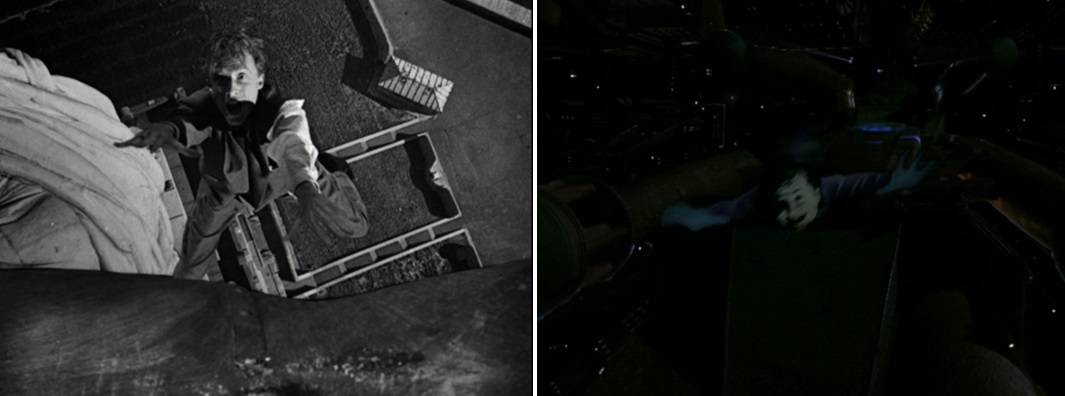
Hitchcock used similar high-angle shots of characters falling in several other films, including Rear Window (1954), Vertigo (1958) and North by Northwest (1959). Any one of these might have influenced Burton.
Elfman’s ‘Finale’ contains echoes of the ‘Sunrise’ fanfare featured in Richard Strauss’ Also sprach Zarathustra (1896).
And that’s all we’ve got. Did we miss anything? If so, let us know over in the messageboards or in the comments section below.
comments powered by Disqus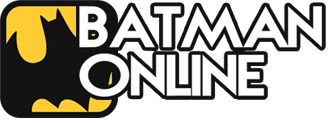
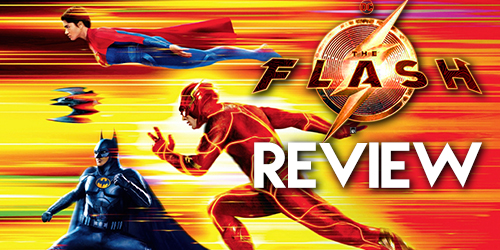
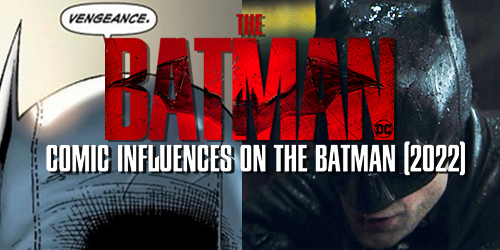
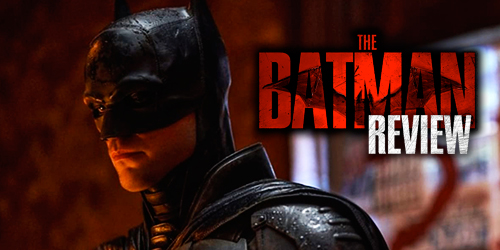

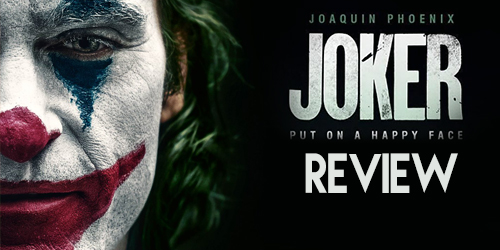
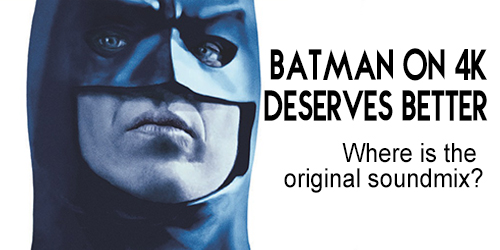
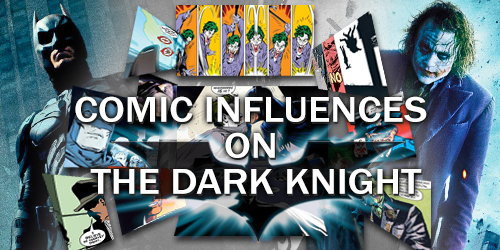

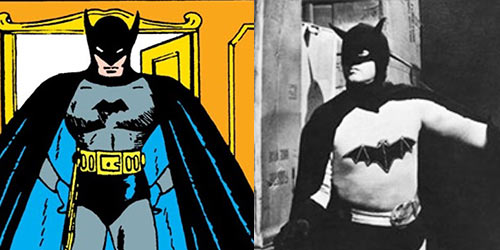
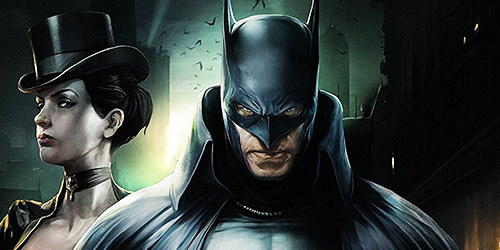
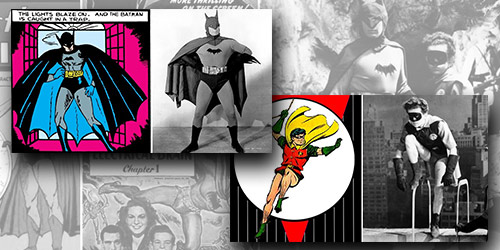
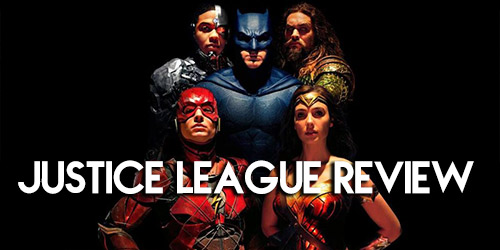
by Silver Nemesis
by Silver Nemesis
by Silver Nemesis
by Travesty
by Slash Man
by The Joker
by The Joker
by The Dark Knight
by Silver Nemesis
by The Laughing Fish